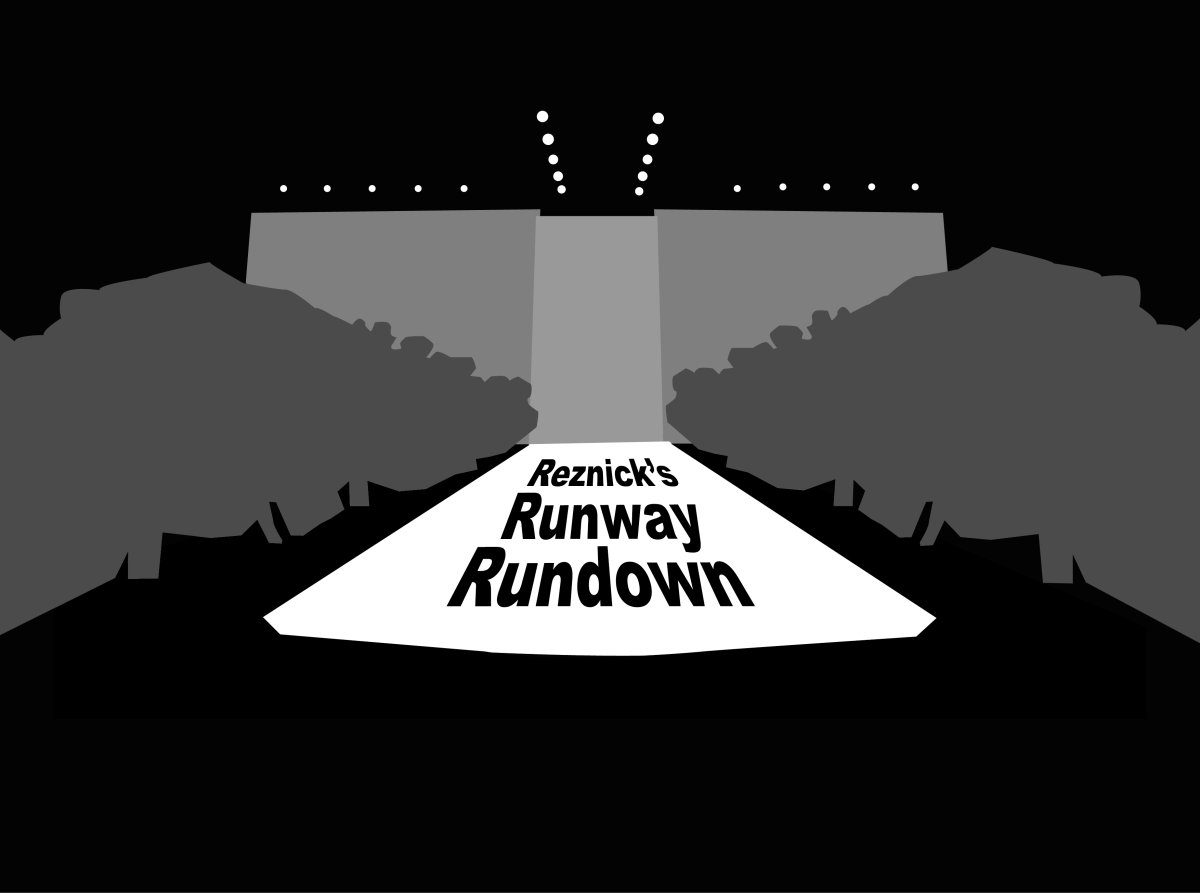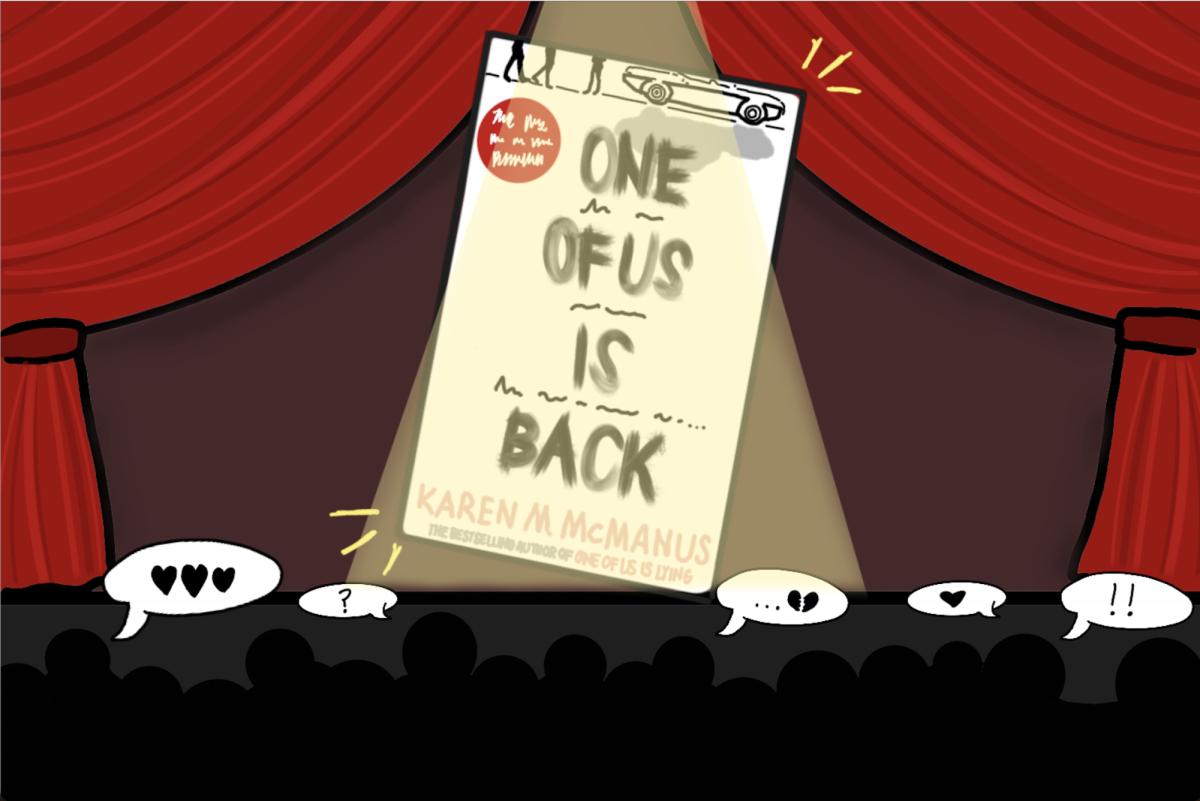ASL, as stated in its title, is an American school, albeit one that will always be unique in terms of its location and demographics. As the school continues to stress the importance of diversity and global citizenship, a question arises: Has ASL come to an identity crisis, regarding whether the school is in fact an American school, or rather an international school, with certain aspects of an American curriculum?
Social Studies Teacher Mike McGowan is new this year and, prior to his arrival at ASL, taught at three different schools in the United States. McGowan believes that ASL is more American in teaching style than his previous schools. “I’d say ASL is more American than any school I’ve taught at. I feel like ASL is specifically trying to fit into a category about what it means to be American and, in terms of curriculum, I feel like it’s very self-conscious of trying to be an American educational experience,” he said.
Head of School Coreen Hester agrees that ASL has an American curriculum, but believes that the school tries to implement a global perspective lens to this as well. “I always say that ASL is a hybrid of public and private American schools and an international school. Our curriculum is essentially American,” she said. “I think we use the global perspective lens when we do the curriculum; we want to make sure that we are injecting into English and History classrooms a few different cultures, voices and religions.”
Hester, along with Director of Curriculum Roberto d’Erizans, sees the ultimate goal, in terms of curriculum, as making sure students get into, and are prepared for, college. The majority of ASL students look to attend college in the United States, so ASL’s curriculum has to cater to that. Many families decide to send their children to ASL, specifically for this reason.
However, d’Erizans stresses that, while designing the curriculum, the school simply uses the most up-to-date benchmarks for different departments, which come from a variety of countries. “In science, we’re beginning to study the next generation science standards out of the U.S. because it’s the most recent work that’s internationally benchmarked,” he said. “However, just yesterday my counterpart [Assistant Director of Curriculum] Alethea Young looked at Ontario’s curriculum for literacy and New South Wales’; and these other curriculums that are very well known. What I would emphasize is that we do our homework to make sure what we adopt and what we align ourselves to, is the best.”
d’Erizans also stresses that the school is continuously looking to incorporate the global perspective aspect into its curriculum citing the introduction of non traditional english electives, such as Latin American Literature.
Another way d’Erizans believes the curriculum is attempting to become more global is via experiential interaction with London. “I think [there has been a] whole push over the past few years about the service learning of our curriculum, whether its just in health or the after-school program, [as] a way to get to know London,” he said.
Despite the multitude of ethnicities and nationalities represented amongst the faculty and student body, approximately 75 percent of the ASL population is still an American.
“I have a 9-year- old son, he and I walk to school everyday, and he’s walking in his Nike basketball shoes, shorts, NBA shirt and we walk by British kids going to school and they’re in uniforms,” McGowan said. “The closer we get to ASL, the more kids we see who look like my son. I think in terms of dress it’s much more American than international. I think certainly if you look at the Lower and Middle schools it’s like a little America over there.”
Ben Hewett (’17), who is of British nationality, feels similarly in that there are aspects of the school that have an international feel, but overall it is very American. “A lot of my friends aren’t American so in that sense it’s international. But we are the American School in London, [the administration] want to give it the idea of being international but let’s be real here, we are American,” he said. Hewett cites instances of pop culture and the Booster Club as especially American aspects of the school.
Despite recognizing ASL’s Lower and Middle school as a microcosm of America, McGowan does also notice that students at the school have a different perspective than those from his previous schools in America. “Certainly with the student body it’s a much more cosmopolitan point of view than what I’m accustomed to as students are coming from a lot of different backgrounds,” he said.
Hester, however, does believe that there is room for improvement in expanding the schools global perspective. In realizing this, she also notices that we have a large number of available resources for us to take advantage of in improving this. “I think we have to make sure, particularly here, that we use London,” she said. “We happen to be in a city that is global. We don’t have to even leave the outskirts of London to have a global perspective, because we live in such an international city.”
Despite potentially feeling excluded as a more international student in, what he would describe, a very American school, Hewett does not see a need for change. “We are majority American, why would we change that for the minority? If I really didn’t like how American it was I could leave, [but] I’m fine with it.”







